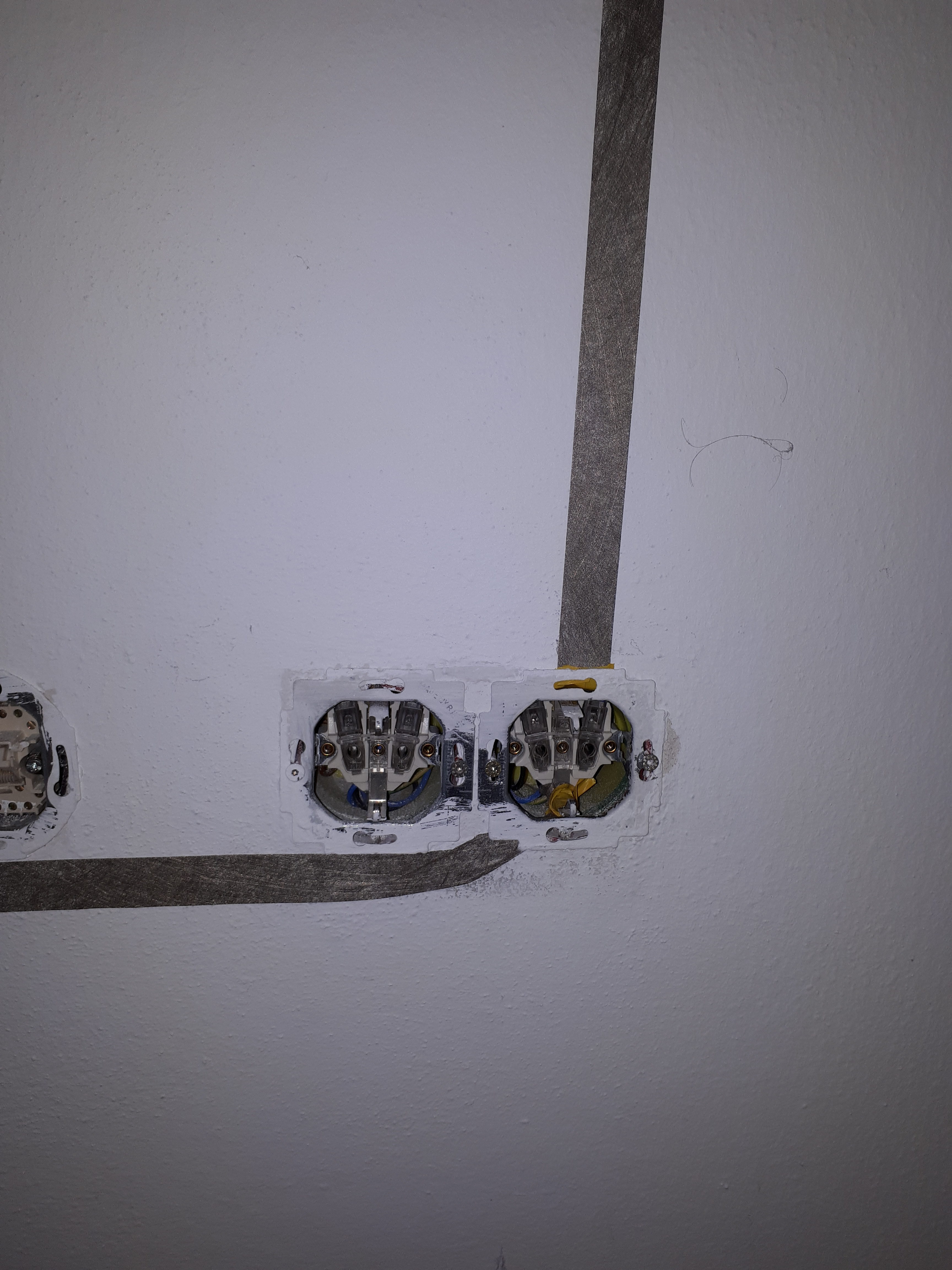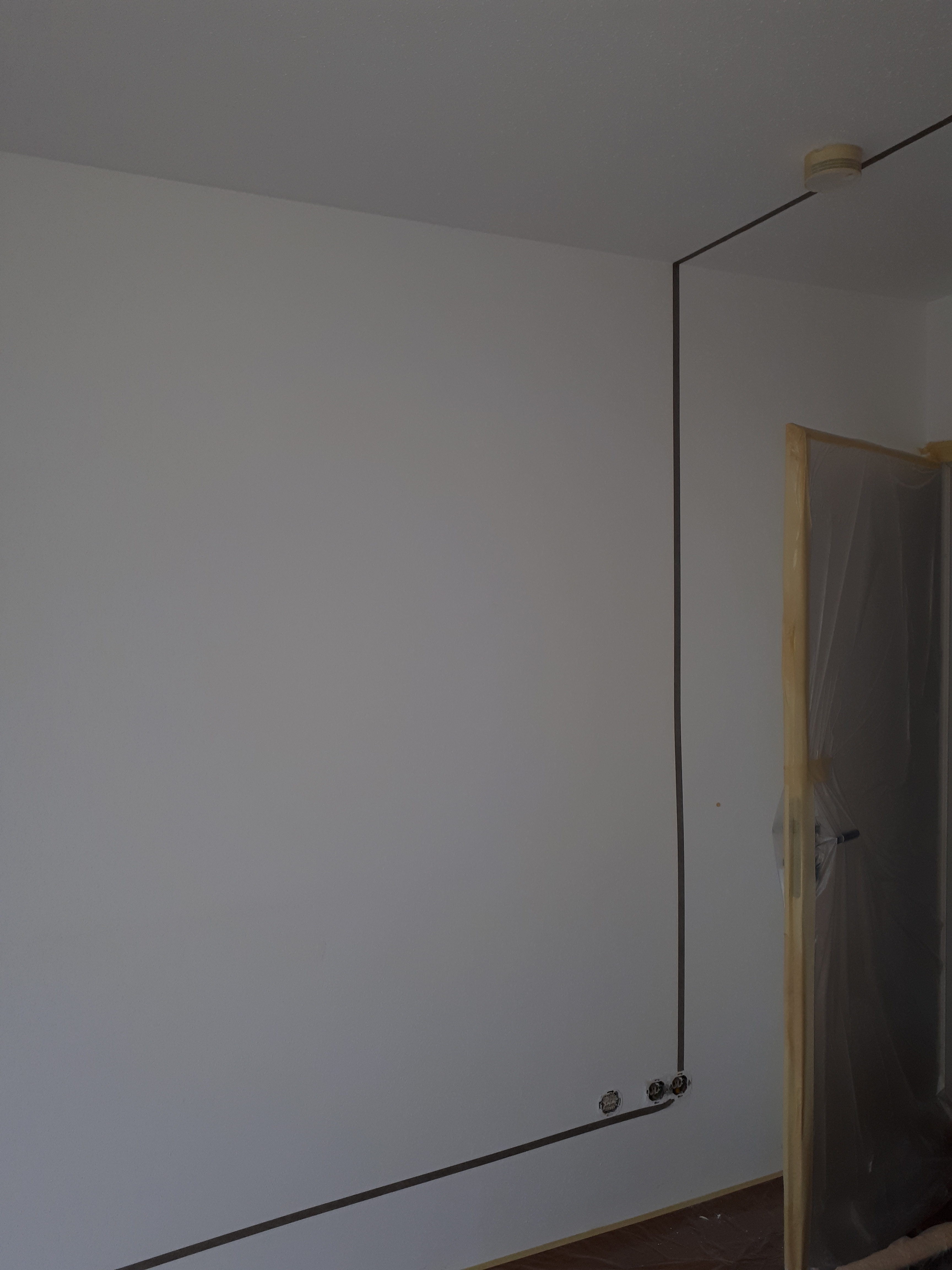
F.A.Q. Application
On which surfaces can EMF-Turtal be applied ?
Suitable for use on primed surfaces such as plaster, concrete, stone, gypsum plasterboard, gypsum fibre boards as well as on woodchip wallpaper, paper wallpaper, non-woven paints, dispersion and silicate paints. By priming absorbent substrates, paint consumption can be significantly minimized and paint adhesion improved. Unsuitable are e.g. glue and lime paints, oil paints, plastic, metal, painted wood, substrates with wallpaper adhesive residues.
Can EMF-Turtal be painted on wallpaper ? Or first painting and then wallpapering ?
EMF-Turtal can easily be painted on conventional wallpaper. It is always advisable to wallpaper first and then paint EMF-Turtal. We advise against the use under wallpaper, because the performance of the shield can be reduced by using paste directly on the shielding paint and an optimal adhesion of the wallpaper can not be guaranteed.
Can I coat EMF-Turtal with wall paint ?
Yes EMF-Turtal can be painted over with conventional dispersion paint, unsuitable for painting over are e.g. glue paints and lime paints as well as oil paints.
Do I have to pre-use EMF-Turtal to prime the walls ?
All untreated and absorbent substrates (all raw plasters, plasterboard, gypsum fibre) must be primed. Do not prime dispersion paints but clean well. Sand glossy dispersion paints additionally. Untreated paper wallpapers such as woodchip wallpaper and painter’s fleece can be coated directly.
How much water do I have to add when using EMF-Turtal powder ?
Put one bag of EMF-TURTAL PLV 2.5 for 2.5 litres of shielding paint into a 10 litre bucket and stir vigorously with 1.50 – 1,75 litres of water and a stirring staff/wood until there is no loose powder left in the bucket. Stir the entire mixture for at least 10 minutes with a machine stirrer (cordless screwdriver & whisk) for wall paint. After mixing, leave to stand for approx. 10 – 20 minutes and stir for another 1-2 minutes, now the paint can be applied.

F.A.Q. Ground
Can I do the grounding myself ? Or better an electrician ?
The earthing may only be connected by qualified personnel (electricians)! Since the shielding paint is electrically conductive, live parts must under no circumstances be brought into contact with the paint. Failure to do so may result in death!
Must each wall be grounded separately? Or can a grounding strap ground several walls?
If possible, ground each wall that has a socket with earth separately. If there is only one socket, glue the grounding tape from there over all walls and then coat with shielding paint.

F.A.Q. Shield
Why does the package say 29-58 dB ? And in the report up to 65 dB have been measured.
The values indicated on the package are mean values for two layers with a quantity of 200g/m². Depending on the frequency the shielding value varies e.g. at 40Ghz 65dB & at 5,8 Ghz 38dB shielding attenuation.
Does it have to be painted twice ?
Two coats must be applied to achieve optimum shielding. Apply shielding paint richly, evenly and without build-up with a brush, roller or brush.

Grounding information
Grounding & copper conductive tape: Peel off the protective foil from the self-adhesive copper conductive tape and stick it onto the wall to be shielded. This should be done in the immediate vicinity of a power socket. Mount at least 30 cm on the wall – and leave at least 20 cm for connection to the earth contact of the socket or a separate earthing. The protective equipotential bonding (green/yellow cable) serves protective purposes and is intended to ensure dangerous touch voltages through the rapid tripping of protective devices (e.g. miniature circuit breakers).
Glue the grounding tape to the underside of the wall to be shielded about 5 cm from the floor along its entire length. If you are also painting the ceiling, also lead the earthing tape up to it at a distance of about 5 cm from the edge of the wall. Each wall and ceiling surface should be grounded separately. After fixing, prime the copper conductive strip 1 x separately with the shielding paint and let it dry.
ATTENTION!
Grounding is only permitted in buildings with TN-S, TT and IT systems. Under no circumstances may earthing be carried out in mains forms with a combined PEN conductor!
A residual current circuit breaker (FI / RCD) of no greater than 30 mA must be installed!


